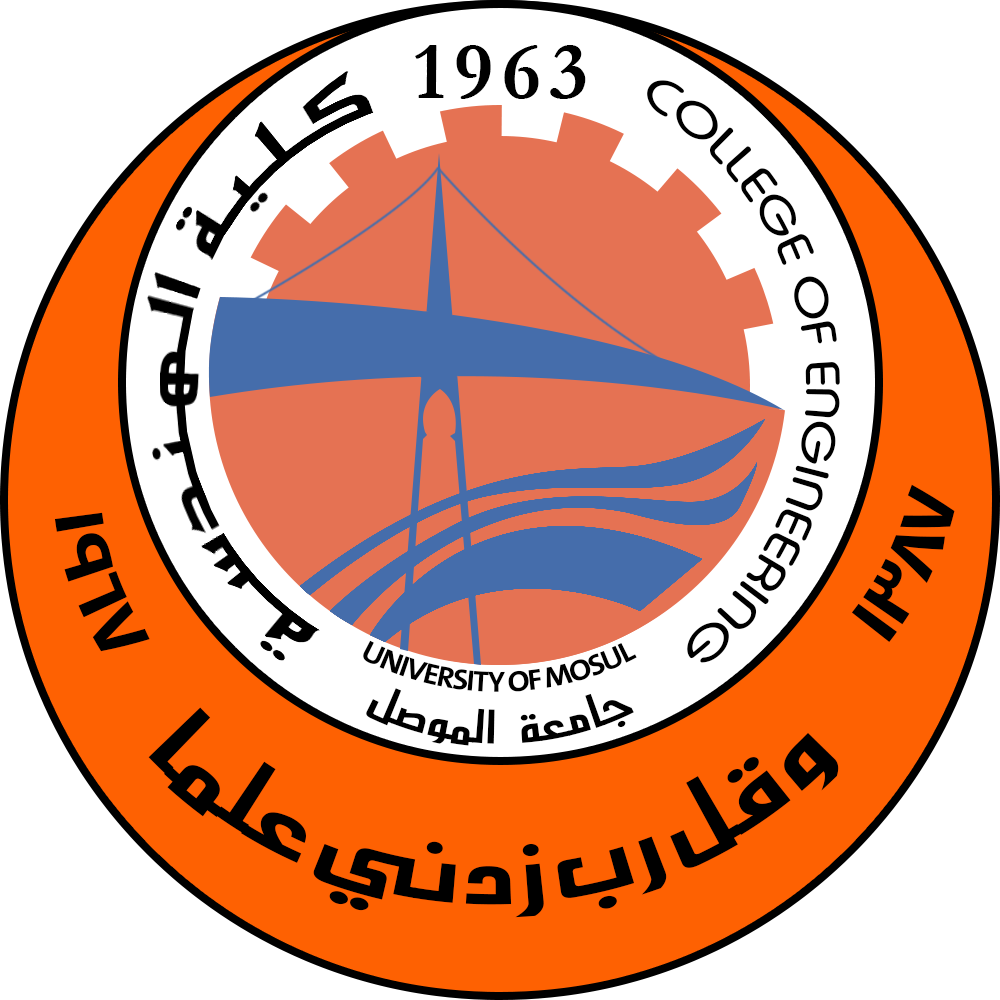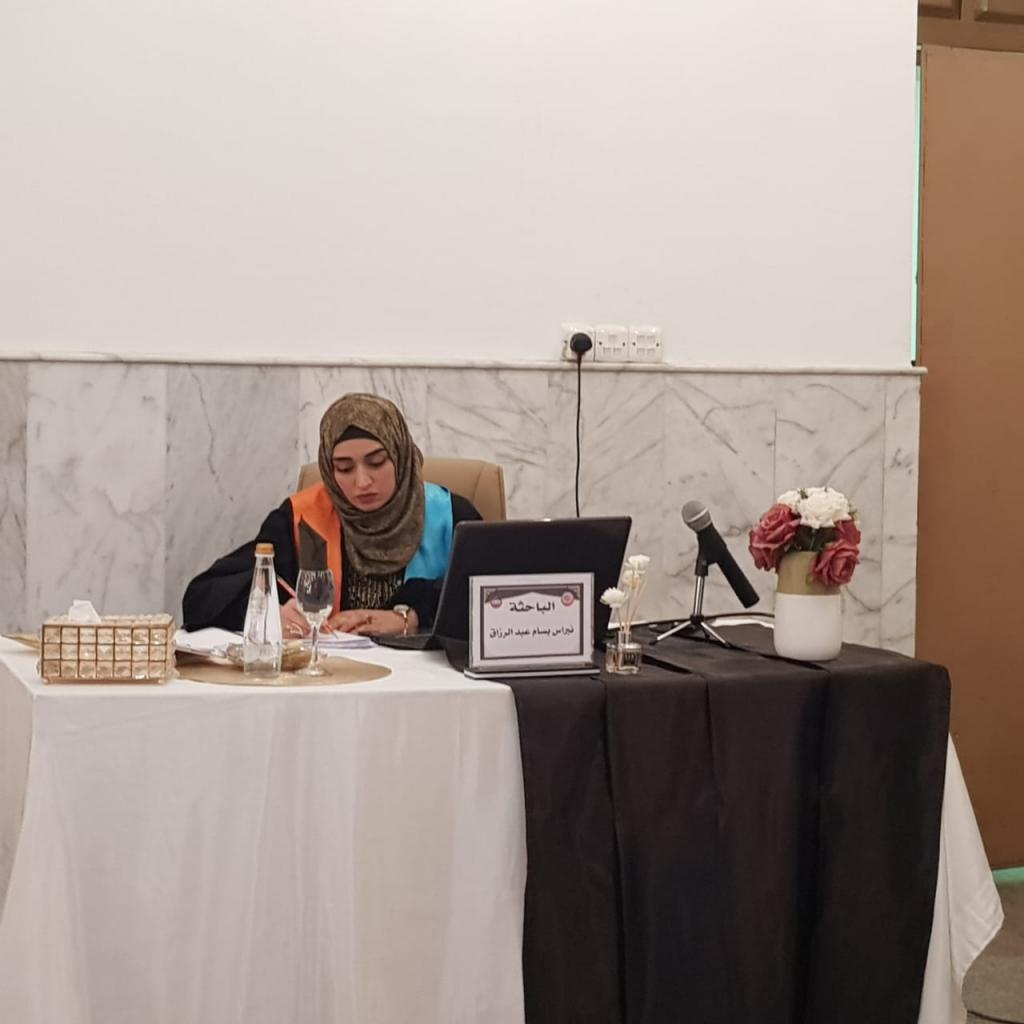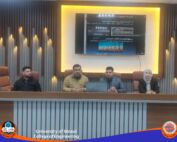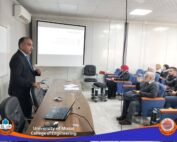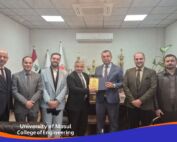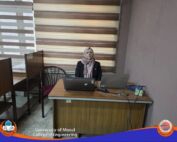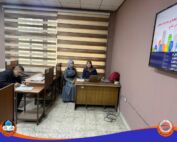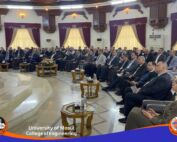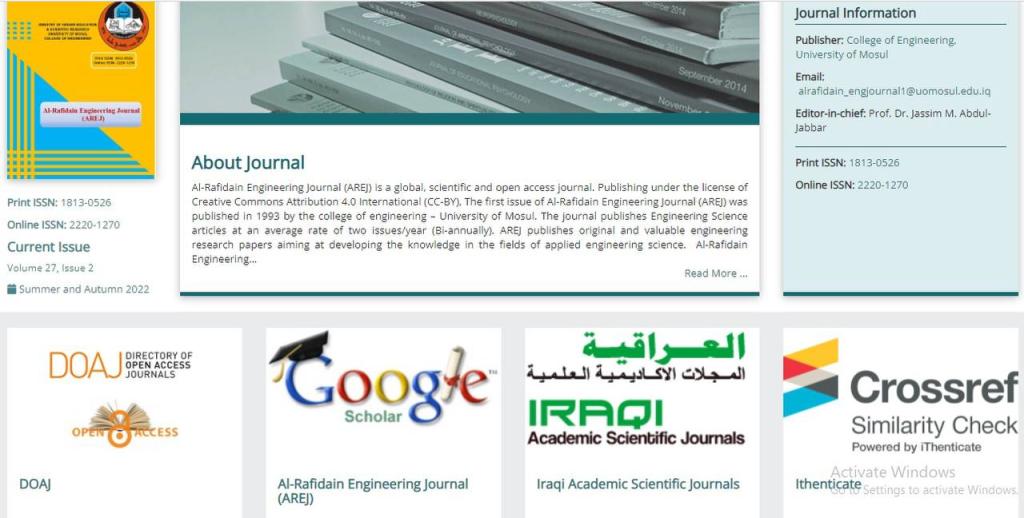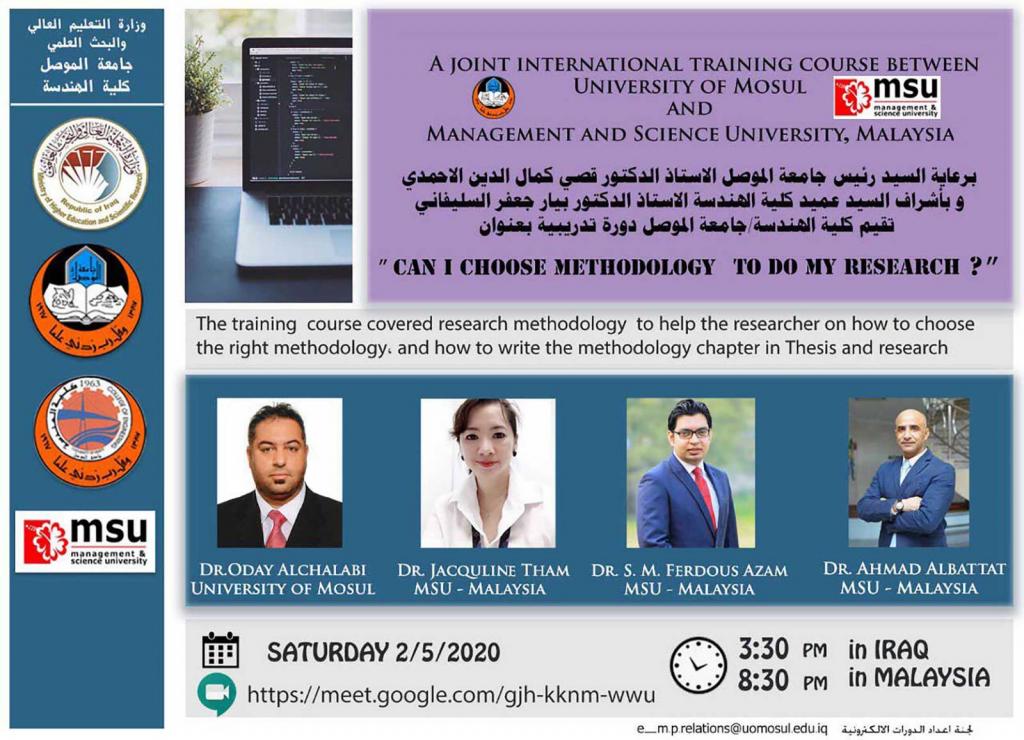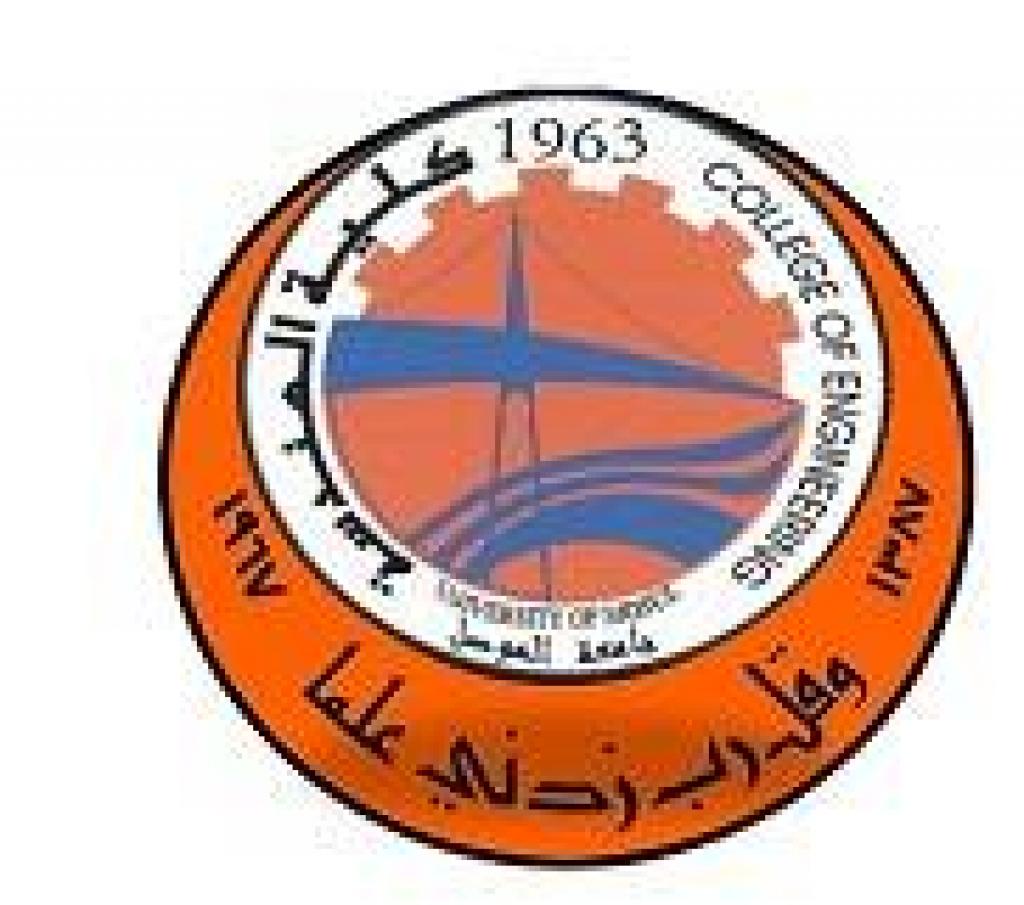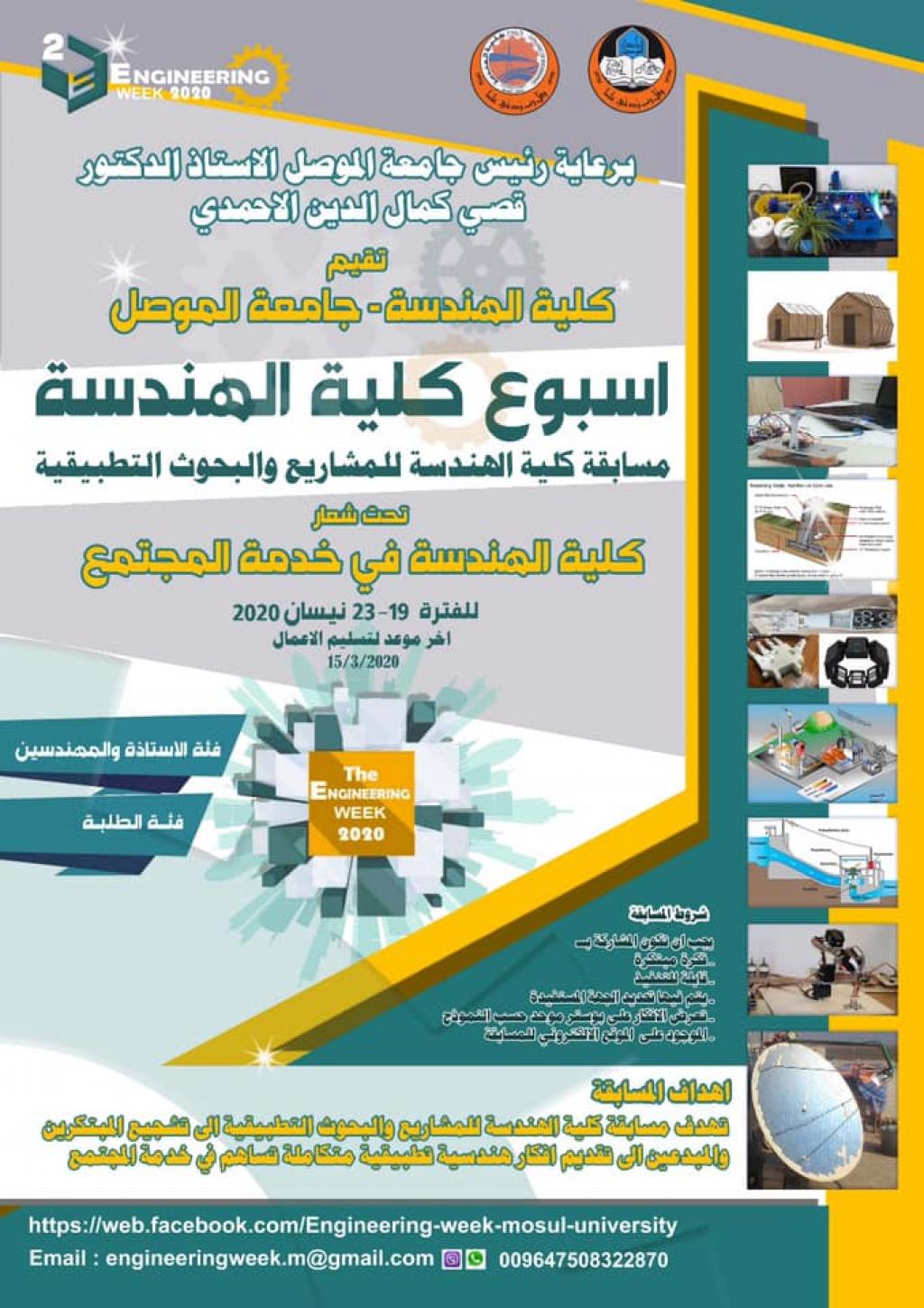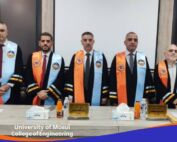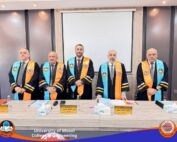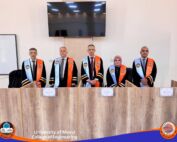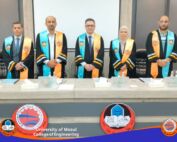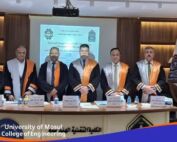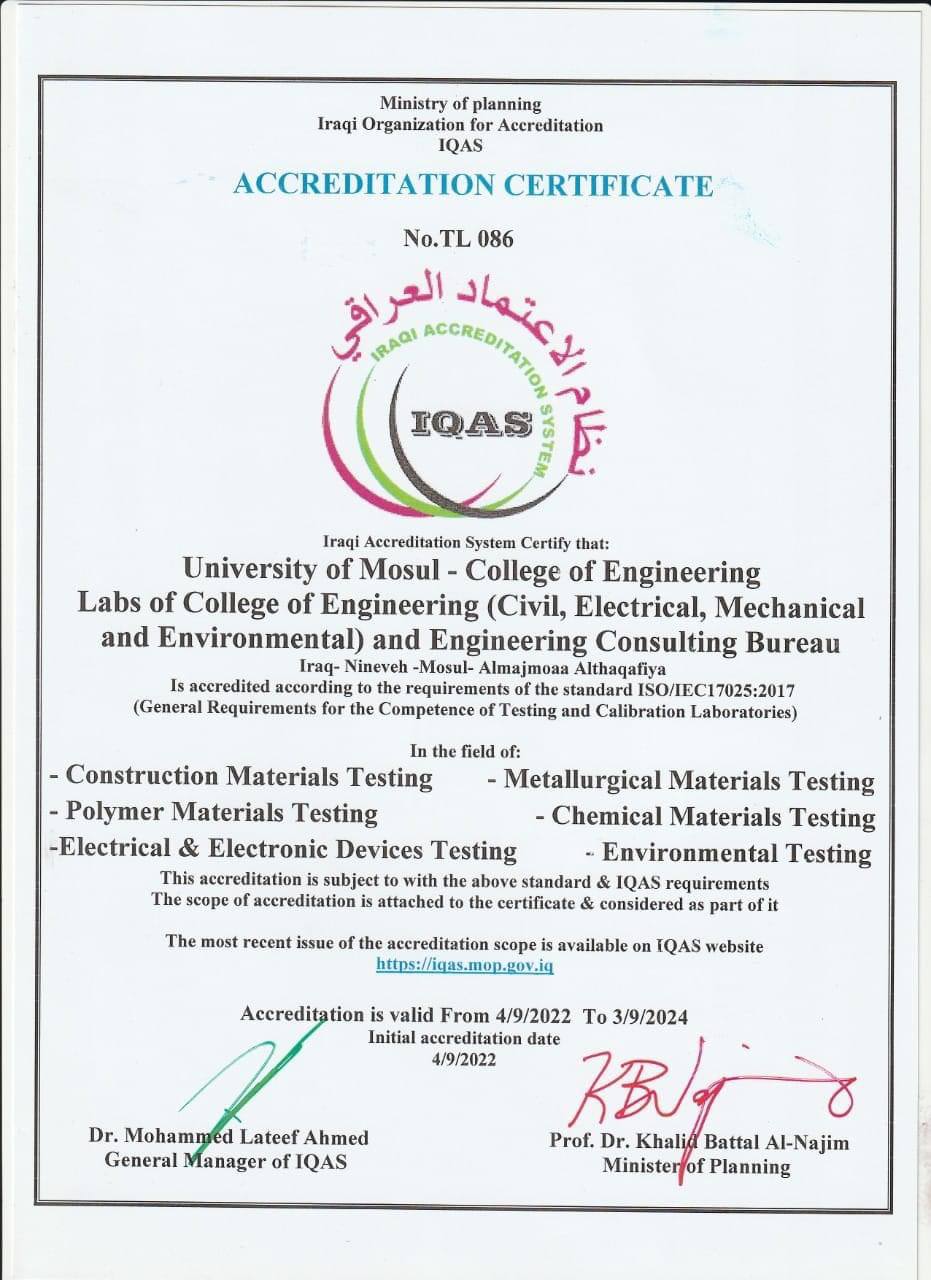6 February، 2022
Master thesis on “Effect of Early Curing Temperature on Strength Gain of High Performance Cement Mortar”
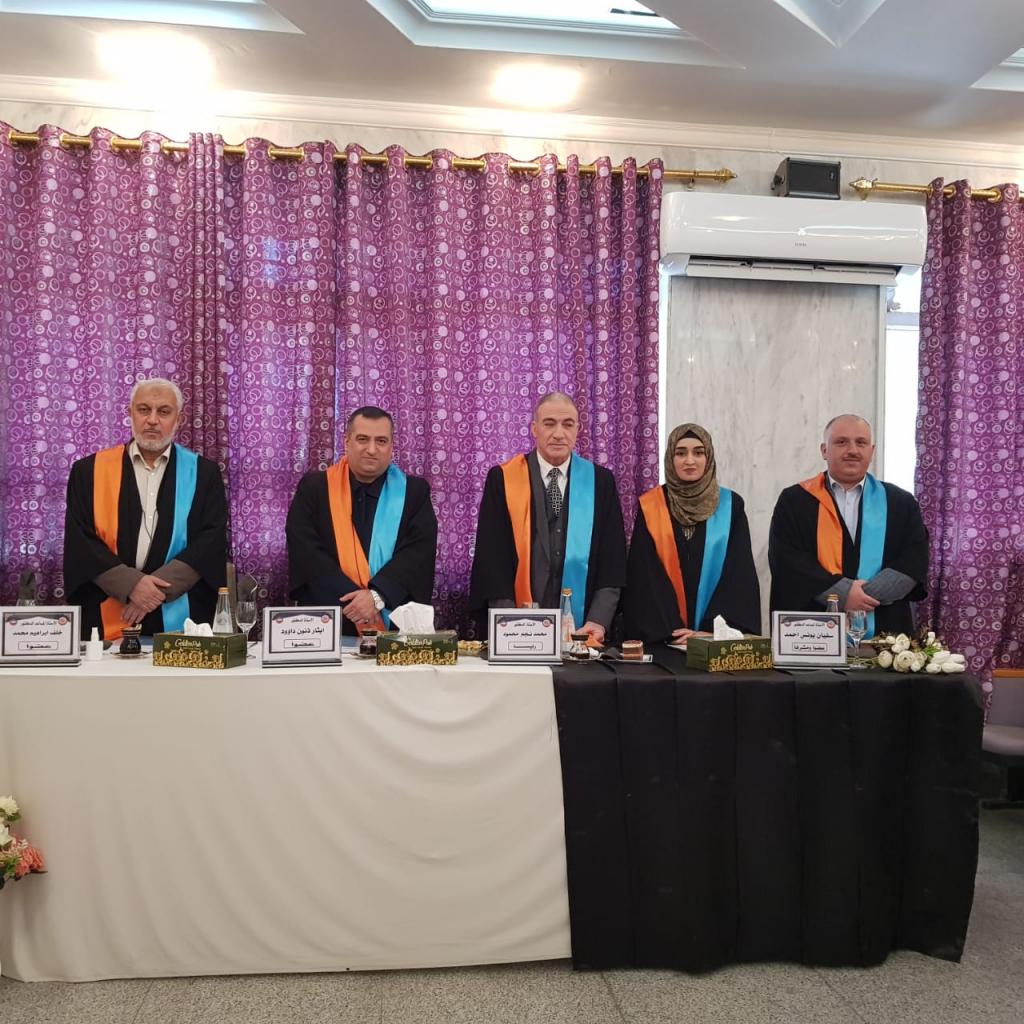
A master thesis was discussed in Department of Civil Engineering / College of Engineering / University of Mosul entitled “Effect of Early Curing Temperature on Strength Gain of High Performance Cement Mortar” submitted by (Nebras Bassam Abd Al-Razaq Alrawy), Supervised ByAssist. Prof. Dr. Sofyan Younis Ahmedon Sunday, Feb. 06, 2022.The thesis included an experemintal study of the effect of early curing temperature during the first 5 hours on the strength gain of high-performance cement mortar containing (0,7)% of silica fume (SF) as replacing of cement and different dosage of super-plasticizer (SP) (0,1/2,1.0 and 1.5).The compressive strength and flexural tensile strength were tested. Cubic (70.7×70.7×70.7mm) were adopted as samples for compressive strength test, and prisms (40x40x160mm) as samples for flexural tensile strength test. The specimens expose to different levels of curing temperatures, which represent the weather in Mosul (7,20 and 40 °C) for the first 5 hours after casting then went to standard curing condition in water until test in (7,14 and 28) days.Cement mortar was used in proportions (1:2.25/0.38), it divided into two groups, the first group included cement mortar without silica fume and 4 dosage of Super-Plasticizer (0,1/2,1.0 and 1.5)%, the results showed that cold curing condition at (7°C) was the optimum condition, with increasing (23, 7, 8, 5)% in compressive strength from standard condition at 28 days of Super-Plasticizer (0,1/2,1.0 and 1.5)% respectively, although that curing at standard condition was more in (7,14) days. On the other hand, curing at high temperature (40°C) gave the lowest results for all ages, with decreasing (6, 18, 16, 14) % in compressive strength at 28 days with respect to standard condition for the same dosage of Super-Plasticizer.While, the second group included mixes with 7% of silica fume (SF) as a cement replacement material and with the same dosage of super-plasticizer, the results showed that the standard curing condition during the early first 5 hours is the optimal at all ages of test, and cold curing condition gave less compressive strength than it. Whereas, the curing with high temperature remained at a negative effect for all the mixes.At 28 days, the decreasing in compressive strength compared to the specemens cured at the standard condition (20°C) were (16, 9, 6 and 16) % for the dosage of Super-Plasticizer (0.1/2, 1.0 and1.5), respectively in case of specemens cured at (7°C), and (21,22,19 and 19) in case of specemens cured at (40°C).The maturity index for the curing condition was calculated according to the American Standard (ASTM C1074-15) depending on the temperature and time, the difference in the maturity index for the mixtures used in the research and exposed to the curing condition is relatively small, where the increase in the maturity index was (0.8%) for high curing temperature , and a decrease (0.6%) for low curing temperature despite the obvious effect of the suggested temperature variation during the first hours on the compressive strength, which makes the curing index, which infers the compressive strength, ineffective when concrete is exposed during the first hours only to non-standard curing, which had a clear effect on changing the results of compressive strength, especially with the change in the proportions of plasticizer and the percentage of adding silica dust. Where the standard curing index lacks the additive element, which has a significant impact on improving the mechanical properties of concrete, which are widely used with the development in construction works.
